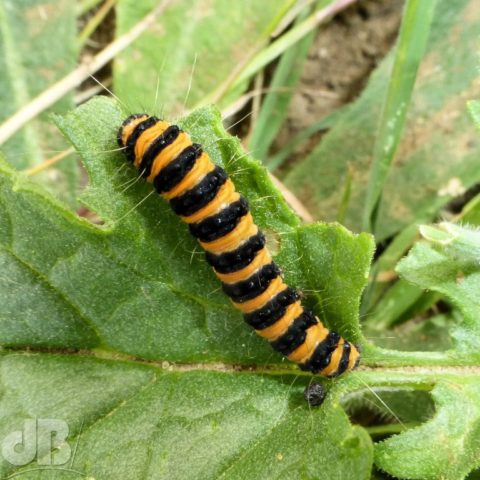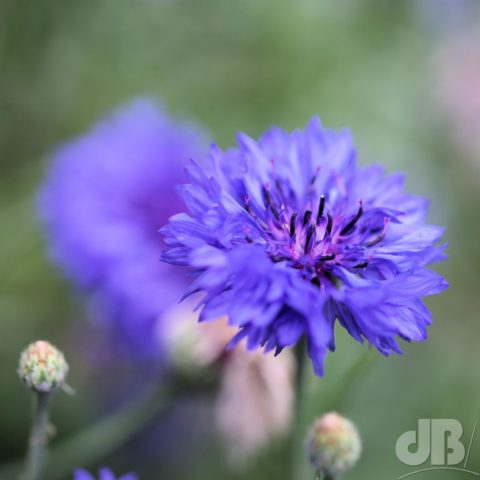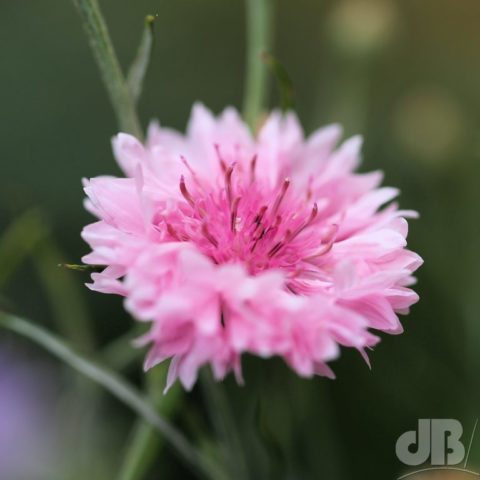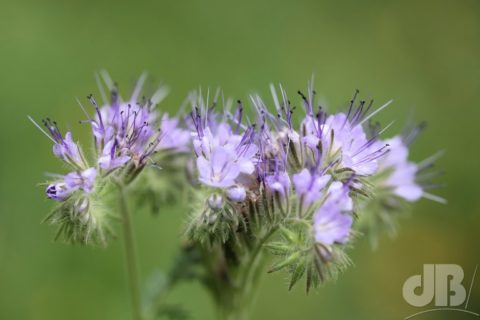Part of our plan with the re-digging of our pond, #PondLife, was to create a slightly wild area behind the pond and a second patch adjacent. I planted various seeds and also let the grass grow, mowing up to an imaginary curved border tangential and sweeping from pond to compost bins.
We have some Red Campion (one flower showing), St John’s Wort, Foxgloves, Sweet Basil, all making a start, and several other species of weed that have self-seeded, including Meadow Crane’s-bill, (one flower showing of that too!).
Seedlings of nyjer and sunflower have grown where the bird feeders were hanging. Among these flowers there might be some from the Seedball I mentioned a while back, the yellow flowers perhaps, the cornflowers, and possibly the Lacy Phacaelia. Poppies were either sown or self-seeded from previous years.
There are also various strains of cornflower and some nasturtiums, and probably a Common Ragwort.
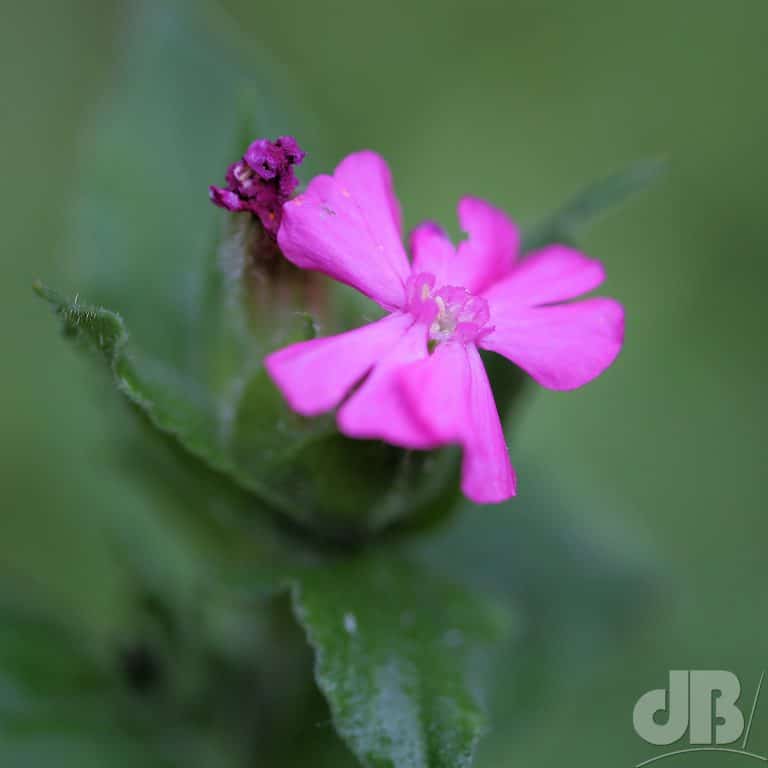
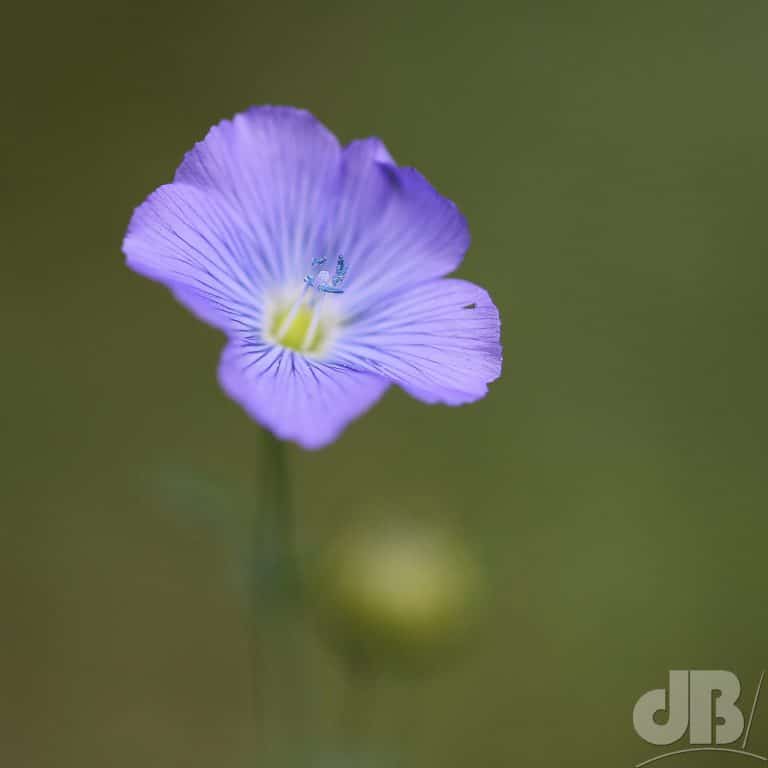
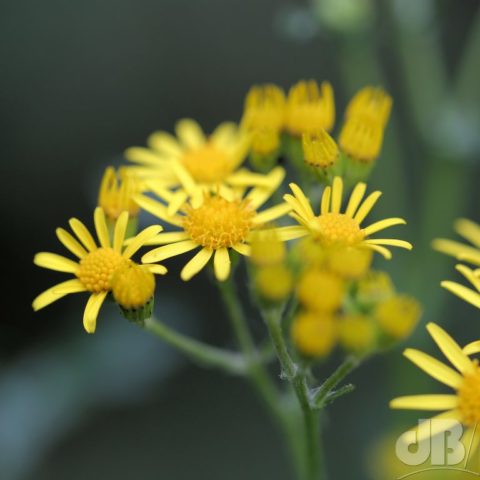
If this is ragwort, then I should’ve made the association with The Cinnabar moth, Tyria jacobaeae. Its larvae, caterpillars, eat ragwort and related species, hence the second part of their scientific name. Usually, you see lots on any given plant, recently, I’ve seen solitary larvae, a couple of times. Most recently during #AllotmentLife. Ragwort is toxic, but the larvae have enzymes to break down the toxins and so can gorge their wriggly black and orange selves on it all they like.
